Biology is the natural science that studies life and living organisms, including their physical structure, chemical composition, function, development, and evolution starting from cellular level all the way to anatomical level. And a laboratory gives us a perfect chance to build upon the basics taught in class.
Purpose of biology laboratory
Ability to identify cell structure of various phylum
Visualizing cells, tissues and organs via microscopes
Preparing samples of plant or animal cells or fluids for testing or visualization via dissecting of specimen or mixing chemicals
Competence with lab equipment and measuring devices are expected in addendum to precise recording of data
Essential Lab furniture
A typical Biology lab has workbenches with sink, water faucet, and reagent rack. These Lab benches can also have base cabinets to store glassware, apparatus etc. Special cabinets are used to store chemicals. Workbenches are fitted with necessary water and gas connections to conduct various experiments. Apart from these, Teacher’s table, first aid kit, safety chart, and fire extinguisher are other necessary requirements.
chemistry-lab6.jpeg
A detailed description of each of these components is given below.
Laboratory WORKBENCH
A workbench is the backbone of a laboratory. Especially for a chemistry laboratory where one is dealing with corrosive chemicals, high temperature, wet conditions, glassware etc. to name a few, the quality of table top material is crucial to withstand above-mentioned conditions and at the same time, it ought to be durable enough. Following materials are generally preferred:
MDF: Medium-density fibre board (MDF) is an engineered wood product made by breaking down wood residuals into wood fibres, combining it with wax or resin binder to form panels by applying high temperature and pressure. It is denser and stronger than particleboard but has poor water resistance.
Ply Laminate board: It has a multi-layered structure with the top most material providing chemical resistance while base layers providing strength. It provides better resistance than MDF even though porosity is of higher grade. Another common practice is of adding a layer of aluminium sheet over it in order to curb it.
Granite Top: Granite is an igneous rock composed of silicates such as feldspar or quartz. Although it provides significant resistance to water but is vulnerable to acids. A common occurrence called etching is basically dulling of granite top surface due to reaction with acids.
Phenolic board: Phenolic board is made by bonding plywood with waterproof phenol resin adhesive overlaid on both sides with the phenol film. Overlaying surface is smooth, glossy and hard making it withstand abrasion, moisture-resistant (especially boiling water), and chemical resistant (commonly used chemicals, dilute acids, and alkalis).
Epoxy Resin board: Epoxy Resin board is made by applying a coat of epoxy resin over desired board. Epoxies generally out-perform most other resin types in terms of mechanical properties and resistance to environmental degradation. It forms a layer over base material preventing moisture and corrosive chemicals from seeping in. Also increasing its temperature and scratch resistance.
chemistry-workbench-material-labkafe-1.jpg
Available space in a lab plays a crucial role in the overall working of the lab as well as in its safety compliance. A detailed account has already been discussed in 9 Things to Consider Before Designing Your Laboratory. Also, the capacity of a lab for students conducting experiments simultaneously is an equally important bullet that can’t be neglected for better workflow. To optimize the given space, workbenches are designed in two varieties as below:
Island Lab bench: As the name suggests, island workbench can be accessed from all the sides. Normally an Island workbench of Standard size (8’X4’) can accommodate 6-8 students at a time and it can vary as per the need.
Wall Facing Lab bench: They are used in tandem with Island workbenches. They can accommodate 3-4 students in every running 8’ & this is totally carved out as per the requirement of individual rooms. It totally depends upon Wall-to-Wall distance & also gets affected by the pillar hindrances in between.
The common size for a workbench is 8’ by 4’. It is so because ply normally comes in a standard size of the aforementioned. Hence to optimize the cost this is a common practice by us. But on the contrary, if you purchase a Workbench (8’x 4’ which is a standard size of the raw material & there won’t be any cutting loss), any other size of workbench would bear more cost than the normal Unitary Method Formula. Hence it is advisable to not go for unusual sizes until & unless one wishes to go for lavish designs.
REAGENT RACK
A reagent rack holds ready-to-use reagents and glassware to be used during experiments. It clears the workable area during the experiment and prevents accidental spillage or breakage. It is usually mounted on top of the workbench.
It comes in various designs namely single and double-tiered.
SINK for Laboratory
Sinks are necessary for waste disposal. They come in various options like Stainless Steel, Poly propylene (PP) etc. Most of them are inert to all kind of acids, alkalis, and solvents. PP sinks are preferred as it minimizes glassware breakage on impact.
pp-sink.jpg
FAUCET/TAP
Taps are required for glassware washings especially like burettes and pipettes as well as for experiments.
BASE CABINET
Base cabinets are storage cabinets beneath the work top. They are used to store major lab equipment and consumables locally. Pre-storage practices should be adopted and stocking of necessary materials be done at the start of each class for the accountability of inventory stock & regular monitoring of breakage in any case.
They are made of vivid materials as such CRC Sheets, MDF, Particle Board & Ply-Laminate. Many institutions go for Base Cabinets as separate entities; some go with the attached Base Cabinet to Work Tops.
Laboratory CHEMICAL STORAGE UNIT/WALL CUPBOARD
Chemical Storage Unit is a wall cupboard used for safely storing small amounts of chemicals or hazardous materials. It can also be used to store glassware, equipment etc.
LAB STOOL/Lab Chairs
Lab Stools are easy to handle and don’t cover a lot of space. It comes with adjustable height and offers a comfortable resting place during the course of experiments.
Essential Equipment
Following are must-have equipment in a biology laboratory.
MICROSCOPE
microscope-lab-equipment-labkafe-1.jpg
A naked eye can see objects as small as 0.2mm. To see things even smaller, we use microscopes that come in various level of magnification. It uses powered lenses and requires a light source that could be natural light or fluorescent lamps. Simple microscopes can magnify samples as small as 0.0002 mm with up to 1000 times magnification depending upon the lenses being used.
SLIDE
slide-lab-equipment-labkafe-1.jpg
A slide is a thin, flat, rectangular piece of glass (or plastic) that is used as a platform for microscopic specimen observation. A typical glass slide usually measures 25 mm wide by 75 mm long to be fitted under the stage clips on a microscope stage. Glass is preferred over other materials, as it allows light to freely pass through it with a very low refractive index.
PETRI DISH
petri-dish-lab-equipment-labkafe-1-1.jpg
Petri Dish is a shallow cylindrical glass or plastic lidded dish with a loose-fitting cover. It is used when samples are needed to be grown before it can be identified i.e. culturing. To culture a sample, a petri dish containing a culture medium is inoculated or smeared and pressed, onto the medium.
WATCH GLASS
watch-glass-lab-equipment-labkafe-1.jpg
A watch glass is round concave piece of glass. It can hold a small amount of liquid or solid. It used for evaporating liquid and also can function as a cover for a beaker.
DYES
iodine-solution-lab-equipment-labkafe.jpg
Dyes are agents that colour structures of the cell, aiding in easy viewing under a microscope. In some cases, stains make usually invisible structures visible. Some common stains include iodine and methylene blue. If iodine is placed on a sample that contains starch, such as a piece of potato, it will turn the sample dark blue.
FORCEP
forceps-lab-equipment-labkafe-1.jpg
Forceps are a handheld, hinged instrument used for grasping and holding objects. Forceps are used when fingers are too large to grasp small objects.
PROBE
probe-lab-equipment-labkafe.jpg
A probe can be used to remove connective tissue or to lift a structure before it is dissected.
SCALPEL
scalpel-lab-equipment-labkafe.jpg
A scalpel is an extremely sharp bladed instrument that can neatly split open skin and cut through muscle and organs. It is used in the dissection of specimens.
DISSECTING TRAY
dissection-tray-lab-equipment-labkafe-1.jpg
Dissecting trays are wax lined stainless steel pans with unadulterated pinning surfaces, odour absorbent pads that allow the specimen to be securely held in place while dissection.
So, this was a brief overview of all the necessary items needed for your starting a biology laboratory from scratch.
At Labkafe, we provide laboratory furniture and equipment. In laboratory furniture, we first design entire laboratory room keeping in mind the requirements. Also, we take care of complete installation of laboratory furniture. In lab equipment section, we have a wide range of glassware, chemicals, equipment and other lab accessories. Most of them are available for order online from our website but some of them can be procured on demand. If you have any sort of laboratory requirements do WhatsApp or mail us at [email protected] and we’ll get in touch with you.
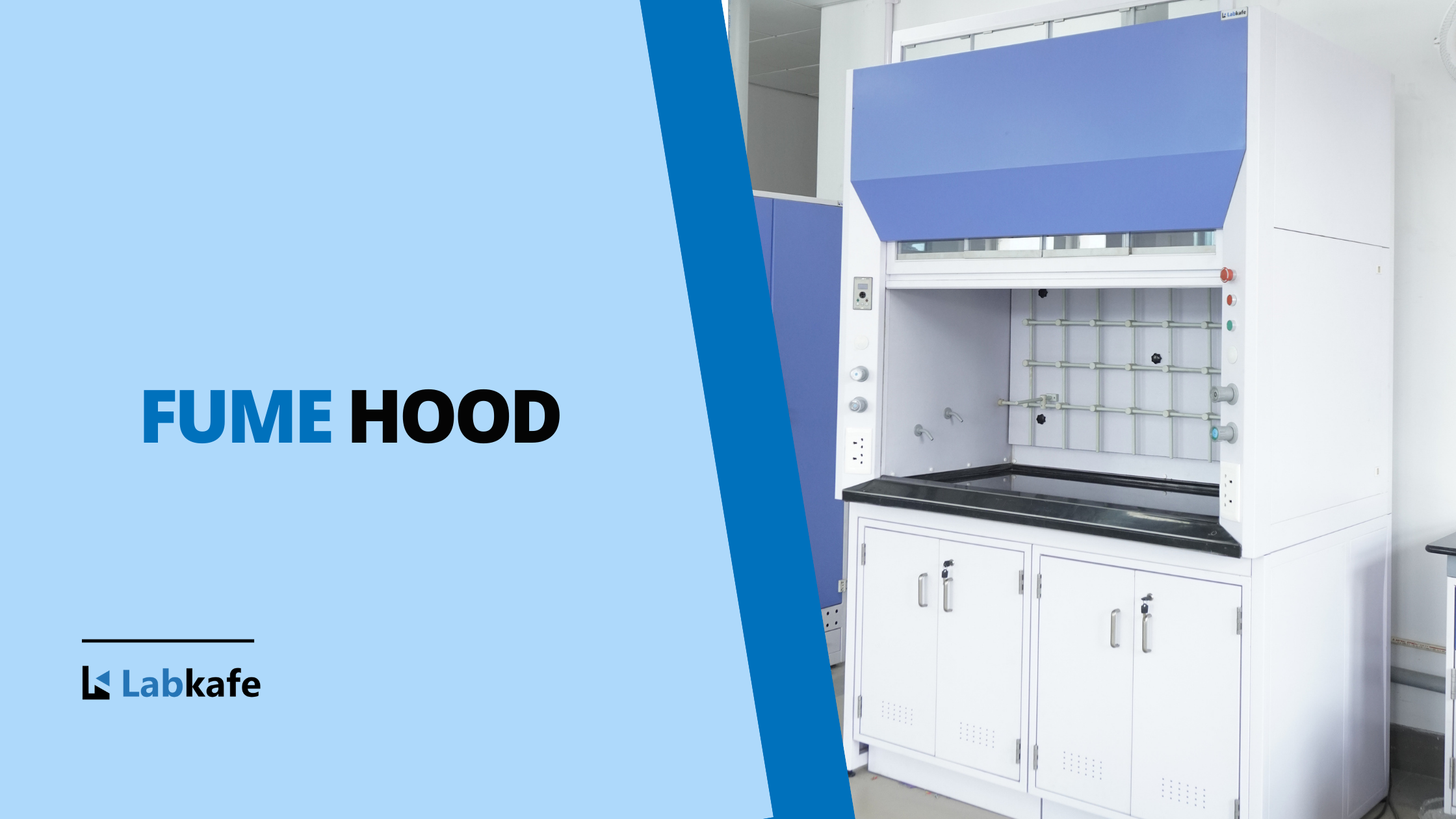
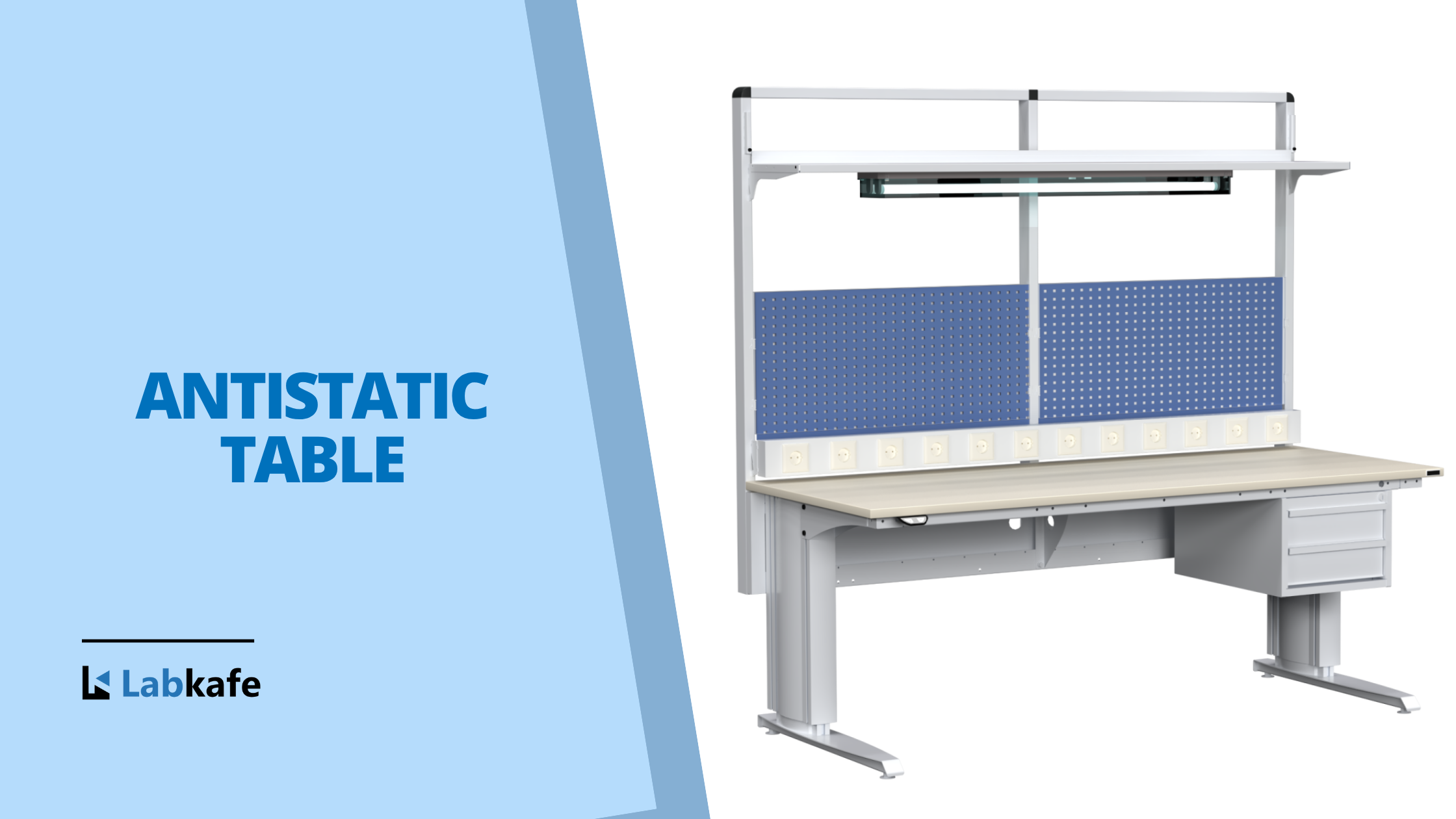
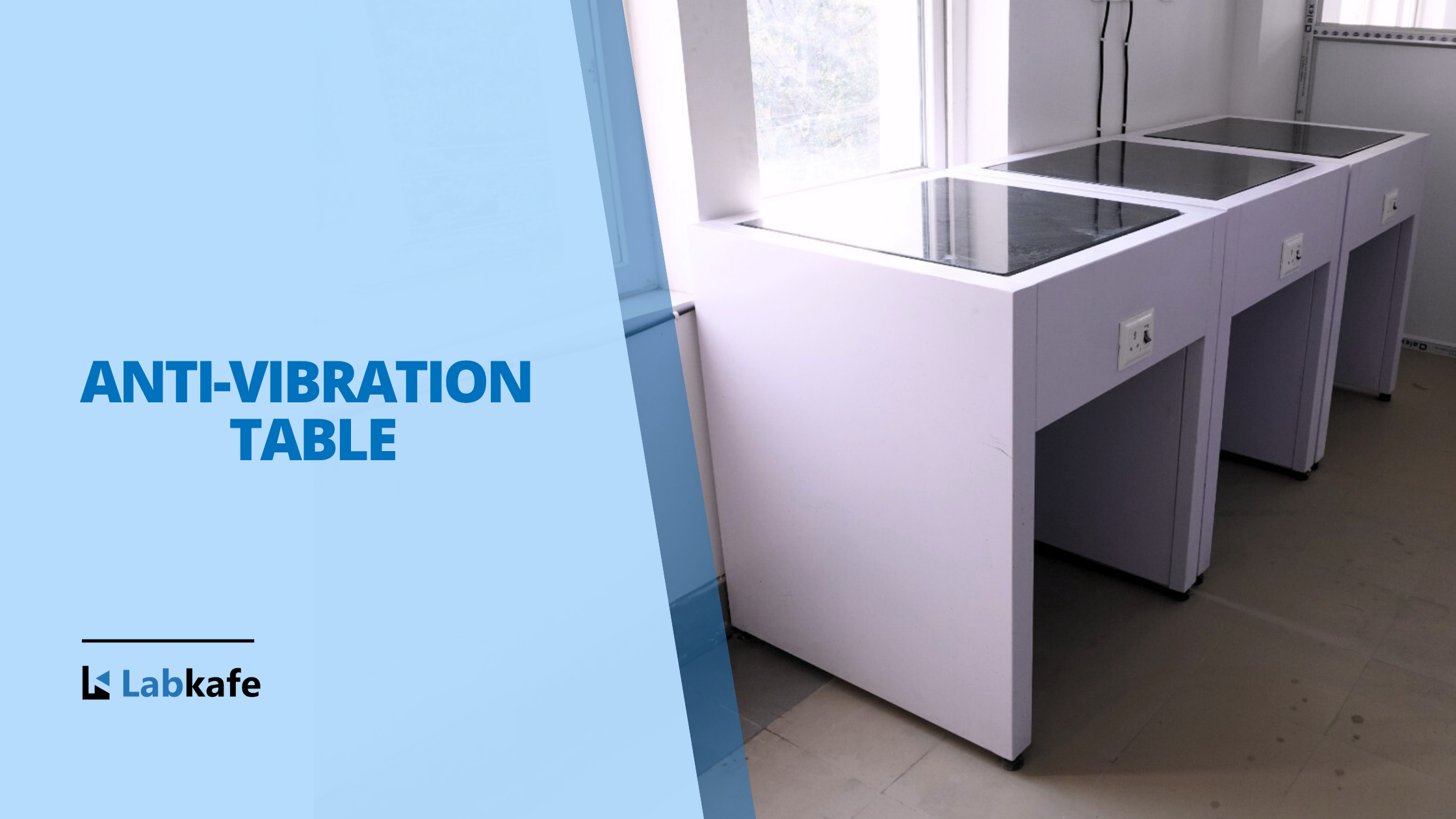
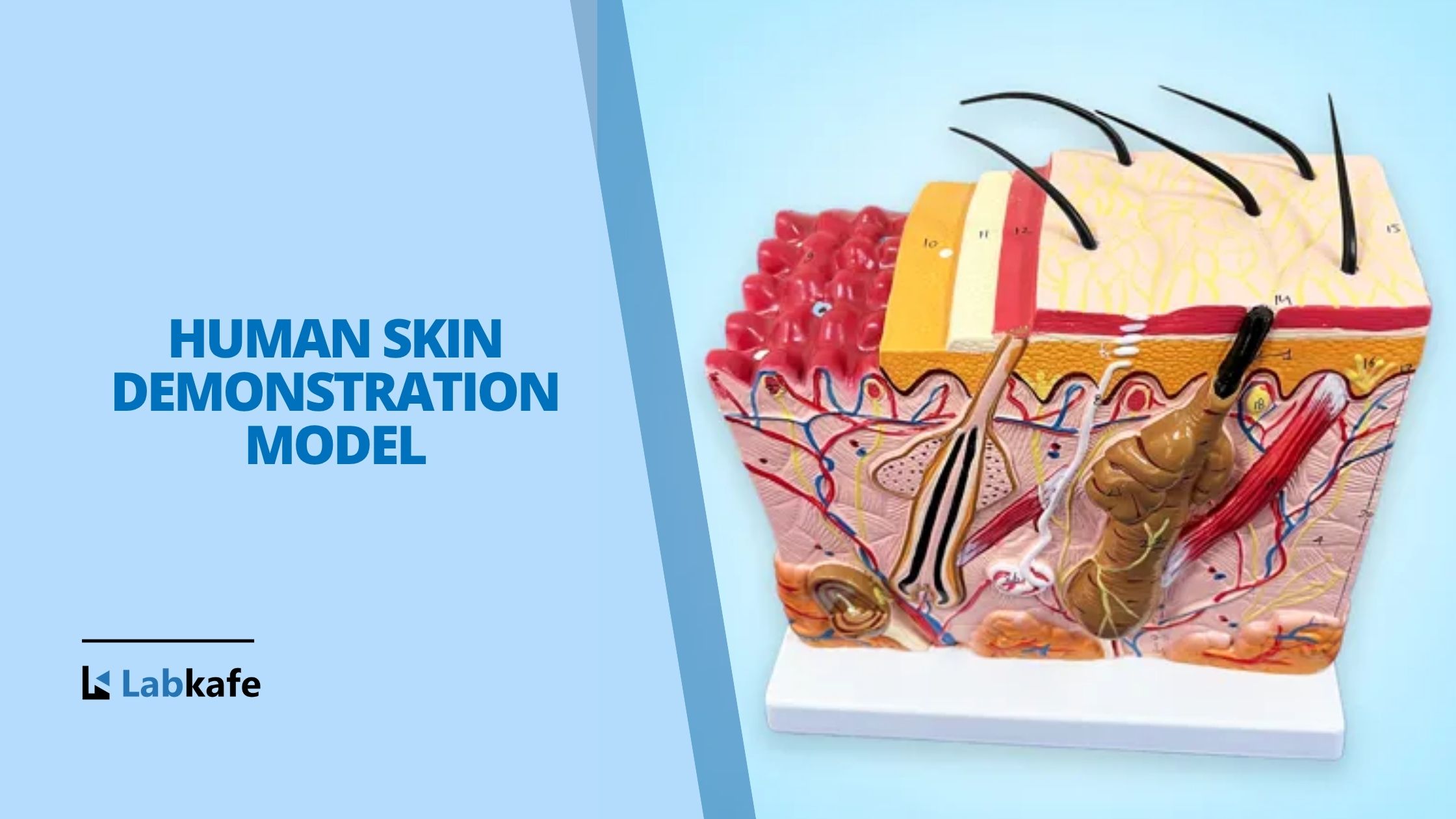
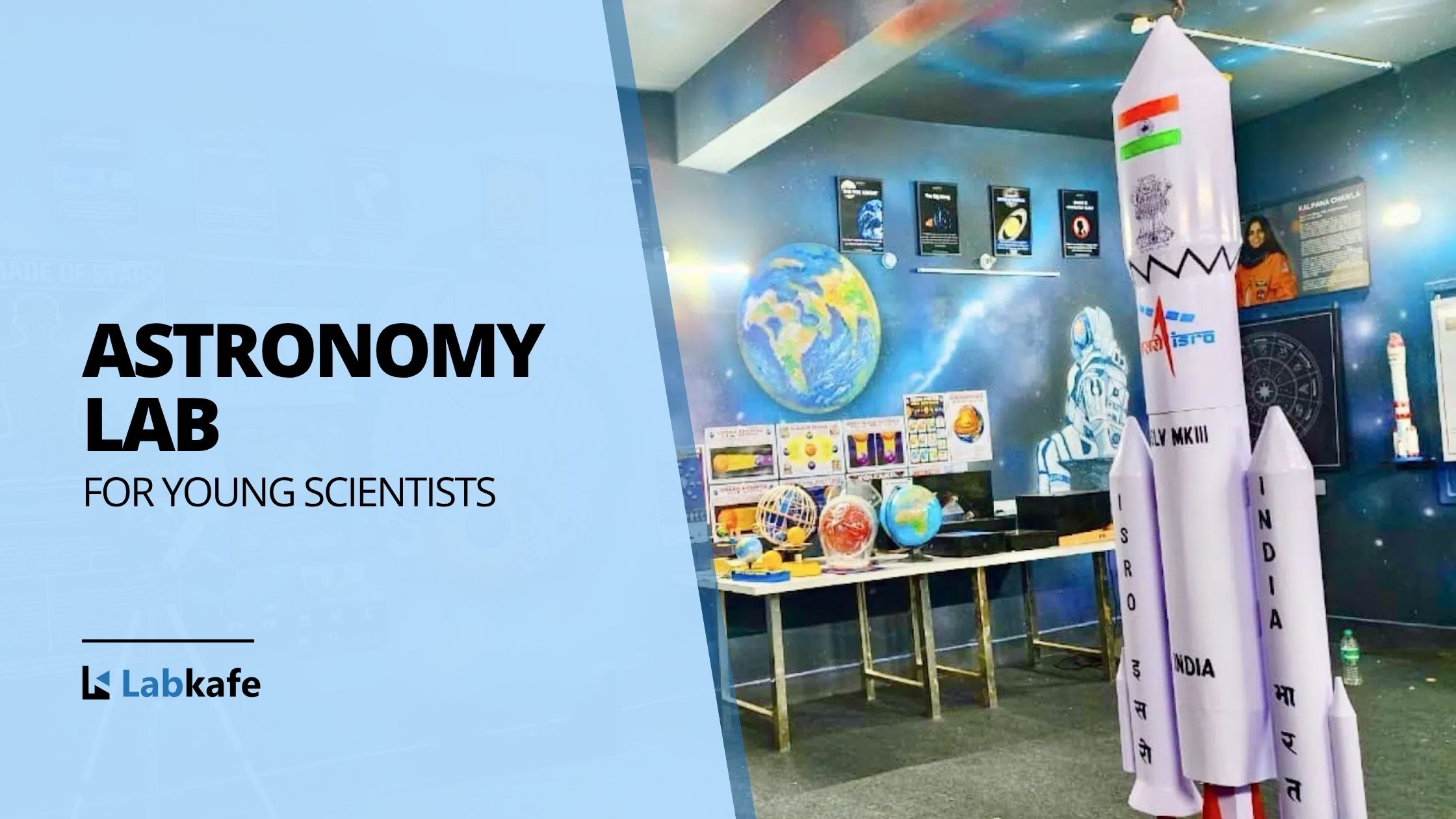







Leave a Reply